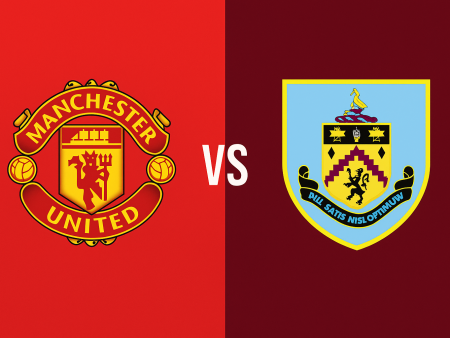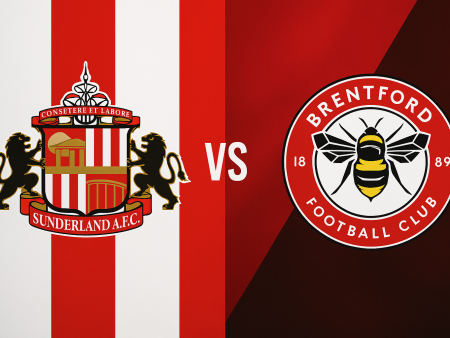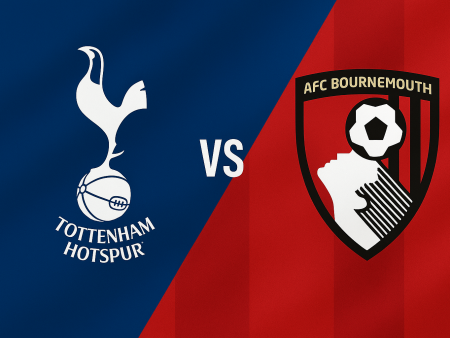Antonio Conte’s Tottenham Hotspur: In-Depth Tactical Analysis of the 2021-22 Transformation
Since Antonio Conte took the helm at Tottenham Hotspur, the North London club has undergone a marked transformation. Two months into his tenure, Tottenham have climbed into sixth place in the Premier League standings and are in strong contention for a Champions League return. Under Conte’s guidance, key players—most notably Harry Kane—have rediscovered their form, and nearly every squad member has shown clear signs of improvement. This article provides a comprehensive breakdown of Conte’s tactical approach, focusing on the strategies and systems he has implemented with Tottenham in the early part of the 2021-22 season.
A Consistent System: Conte’s Trust in the 3-4-2-1 Formation
Conte arrived at Tottenham with clear tactical convictions. Known for his affinity for back-three systems, he wasted no time implementing the 3-4-2-1 formation at Hotspur Way. Reports from his very first training session noted that he split his squad into two groups, both using the same system—a testament to his tactical philosophy.
Despite some initial skepticism about whether Spurs’ squad matched the system’s demands, Conte’s coaching has revitalized previously underperforming players. The offensive trio of Harry Kane, Lucas Moura, and Heung-Min Son has become particularly potent:
– Kane has netted three goals in his last four league outings, returning to his clinical best.
– Lucas Moura and Heung-Min Son have each contributed five goal involvements in their respective previous five league matches.
With the attacking line flourishing, Conte has also found a degree of consistency in his remaining eight positions. His decisions have produced stability and created a sense of clarity within the squad, which in turn has maximized individual and collective performance.
The Key Players in Conte’s First-Choice Lineup
Conte’s trusted starting eleven has emerged over his opening games, balanced between experience and youth:
– **Goalkeeper:** Hugo Lloris maintains his position as first-choice keeper, providing vital leadership despite signs of ageing.
– **Defence:** Eric Dier has been a standout as the central figure in the back three, earning high praise from Conte for his performances. Ben Davies offers solidity on the left, while Davinson Sanchez has filled in effectively on the right in the injured Cristian Romero’s absence. Japhet Tanganga serves as a versatile backup.
– **Wing-backs:** Emerson Royal (right) and Sergio Reguilon (left) have been given significant freedom to attack, with Reguilon especially thriving in the wing-back role.
– **Midfield:** Oliver Skipp and Pierre-Emile Højbjerg anchor the center, providing energy and ball-winning ability. Dele Alli has also featured on occasion but remains short of his former influence.
Such a stable lineup, coupled with strategic squad rotation, has given every player a clear understanding of their role, which is fundamental to Conte’s philosophy.
Building from the Back: Conte’s Strategy for Play Progression
Tottenham’s initial build-up phase centers on composure at the back and intelligent movement across the lines. Utilizing the three central defenders, the team moves the ball purposefully from deep positions. An interesting wrinkle in Conte’s tactics is Pierre-Emile Højbjerg occasionally dropping into the left side of the defense during build-up, freeing the left-sided center-back to push higher and create numerical advantages on the flank.
Key mechanisms in this phase include:
– Overloading the left side by combining Davies, Reguilon, and Son before switching play rapidly to the opposite flank where Emerson and Moura operate.
– Empowering Eric Dier to bypass the midfield press and pick out diagonal passes, reminiscent of Tottenham’s play under the leadership of Toby Alderweireld.
– Allowing Davinson Sanchez to support this approach with his own distribution skills.
A notable tactical evolution is seen in Lucas Moura’s movement. Under Jose Mourinho, Kane frequently dropped deep to link play, but Conte has altered this responsibility, keeping Kane close to goal while Moura assumes the role of dropping in, linking play, and then bursting forward. This not only balances attacking threat but also stretches opposition defenses.
Attacking Methodology: Creating, Breaking, and Scoring Goals
Under Conte, Tottenham’s attacking metrics have improved considerably:
– Spurs scored only nine goals in their first ten league matches under the previous regime but have already found the net 13 times in seven Premier League games with Conte.
This improvement stems from both a psychological boost—much needed confidence for the likes of Kane—as well as the tactical structure that capitalizes on wide overloads, direct play, and creative interplay.
Key attacking principles include:
– Center-backs participating in advanced positions to create overloads on the flanks.
– Emphasis on quick transitions, exploiting the pace of Son and Moura with balls over the top.
– Frequent crossing from wing-backs, though Spurs typically have fewer players attacking these deliveries, requiring quality and precision.
The direct style—particularly utilizing Son’s speed—has been most effective against teams with a high defensive line, though Spurs must still refine ways to break down deep-lying opposition blocks.
Defensive Organisation: Structure Without Sacrificing Attack
Defensively, Conte’s Tottenham are compact and well-drilled. The team typically deploys a mid-block in a 3-4-2-1 structure, prioritizing shape and positional discipline over aggressive high pressing.
Key features include:
– Formation of diamond overloads in wide areas to stifle the opposition, especially as the ball progresses through the midfield.
– Minimal pressing intensity up front—front three focus on screening passes and channelling play—while Højbjerg and Skipp offer tenacity in central duels.
– Out of possession, Tottenham frequently transition to a 5-4-1 or 5-2-3, minimizing gaps between the lines. Eric Dier directs the defensive line similar to the approach of Conor Coady at Wolves, relying on positioning and organization over sheer tackling volume.
Defensive results underscore this effectiveness: Spurs conceded just five goals in Conte’s first seven league matches, with only Liverpool scoring more than once.
Challenges and Opportunities Ahead
Conte’s philosophy has revitalized a Spurs side that had struggled for identity and results. However, while the system is thriving against teams willing to press and leave space, Tottenham have found it harder to break down more compact, defensive sides. One potential solution may involve increased use of overlapping or underlapping center-backs to add unpredictability and additional threats from deep.
Conclusion: A Promising New Era Under Antonio Conte
Antonio Conte’s impact at Tottenham Hotspur has been nothing short of transformative. The team is playing with renewed purpose and clarity and is defensively robust and far more effective in attack. With key players performing at peak levels once again, optimism is back at Tottenham, and a return to the Premier League’s top four is within reach if current progress continues. As Conte continues to mold the squad and potentially strengthens in future transfer windows, the signs point toward sustained improvement and renewed ambition in North London.









